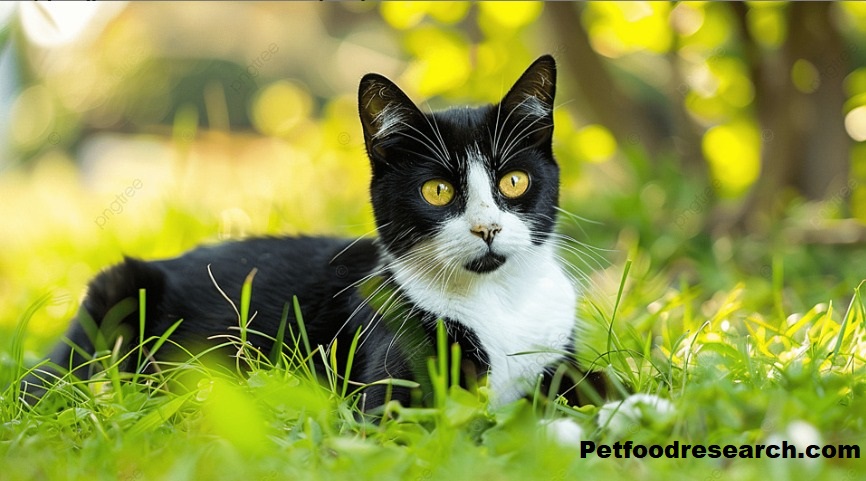The rat snakes – a diverse group of serpents are famous due to their striking patterns, slippery nature, and different sizes. In this comprehensive article, we will discuss rat snakes in detail, their unique lifestyle, behavior, habitat, and also their breeding pattern. Let’s discover the world of rat snakes and unveil the truth of fascinating reptiles.
What are Rat Snakes
These are the most fascinating creatures, having their unique nature, attitude, and behavior. Let’s put light on their remarkable characteristics and why they are known as captivating serpents in the whole animal kingdom.
VisibleAttributes of Rat Snakes
- If we talk about the bodies of rat snakes, they have very slippery and slender bodies, each species containing unique and attractive patterns
- They look shiny due to their smooth scales
- They vary in colors like vibrant yellow, orange, brown, and black making them suitable for different environments
- More of these serpents are impressively lengthy and reach to 7 feet or even more
- They also have long tails that help them move fast before their prey and climbing trees and walls
- They can easily prey on their hosts and attack them with their excellent senses like vision, smell, and hearing
- They can change their shape and flatten their heads to protect themselves when feel any danger
Dietary and Hunting Habits
- Rat snakes prey on other small animals, rodents, insects, birds, and their eggs as well
- They are keen on hunting and keep their eyes on the prey from a large distance and attack silently without letting them know
- They can easily watch and smell their prey and easily climb after them to attack and eat as a meal
- Their hunting style is very interesting when they attack prey, they use their body to tightly wrap around the host until its breathing stops. In this way, rat snakes can hunt larger animals as well
Living Environment
- Rat snakes are adaptable to a variety of habitats across North America and some parts of Asia
- As they have a wonderful ability to climb and swim, they can change their habitat easily with these abilities
- Theycan survive in diverse environments such as forests, grasslands, rural areas, urban areas, and swamps as well
- They can manage to thrive and hunt in every environment under any situation with their fascinating abilities. In this way, they can create their habitat anywhere around the world
- If we talk about preference, the rat snakes prefer wooded areas and water bodies where they can climb and swim in search of food and hide themselves from any danger
- While in Asia, they are found more in China and India where there are lush green forests
Breeding Tendency
- Breeding or reproduction is a natural phenomenonamong all living creatures. Rat snakes also show instinctive behavior in breeding
- The male rat snakes find out their female partners by some specific signals left by females
- After reproduction, female rat snakes lay their eggs in hidden and safe areas like logs or underground
- Their eggs can survive in different conditions and hatch into a healthy rat snake baby
- These baby rat snakes don’t need mother-care as they are independent from birth and vendor around in search of food like insects
Distinctive Traits
Rat snakes show unique behaviors and adaptations that make them different in the snake world. Some of these are as follows:
- Rat snakes are brilliant swimmers, their long bodies help them to swim fast through water bodies
- One of their unique traits is their ability to easily climb trees, it is due to their muscular bodies and smooth scales that provide grip and don’t let them fall. This arboreal skill helps them to search for prey like birds and rodents
- Furthermore, they can mimic the appearance and behavior of venomous species when threatened. In this way, they have a remarkable defense mechanism
- They also adopt a thermoregulation technique called basking. They can often raise their body temperature by lying down in direct sunlight
- Moreover, for proper metabolism process, they shift from sunny to shaded areas to achieve an optimal temperature
- One interesting trait shown by rat snakes is “knotting.” When threatened by anything, they may twist themselves and make their knots as a defensive mechanism. This knotting behavior helps them appear big and powerful in front of predators
- Rat snakes are docile creatures, they are not dangerous or harmful and they will only attack if they feel threatened
- These snakes are not venomous and pose little risk to humans
- These are also valuable members of ecosystems throughout the world
Threatening to Rat Snakes
- Like many other creatures present on earth, rat snakes also face many threats including habitat loss due to urbanization and agriculture expansion. This causes loss of their homes, and shelters and also poses difficulty in finding food
- They are also threatened by running roads that are always busy with traffic. They can lose their lives due to road accidents and get crushed in traffic
Conclusion
Rat snakes are captivating reptiles that grab our attention with their beautiful bodies, diverse colors, shiny and silky scales, distinctive behaviors, striking characteristics, and main role in maintaining the ecosystem as they play a vital role in controlling rodent populations. They are adaptable to different environments and make their shelters in various landscapes. They show distinct behaviors for their survival and to search for food. In short, they are beautiful as well as valuable creatures that don’t pose any harm until they feel threatened.







